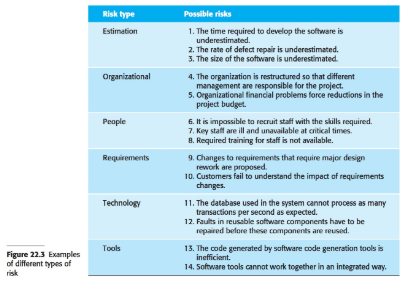

Hardware limitations can include the type of machines to be used, operating system available on the system, languages supported, and limits on primary and secondary storage. Hardware Limitations: The software may have to operate on some existing or predetermined hardware, thus imposing restrictions on the design.

Acceptable ranges of the different performance parameters should be specified, as well as acceptable performance for both normal and peak workload conditions. Throughput is the expected number of operations that can be performed in a unit time.įor example, the SRS may specify the number of transactions that must be processed per unit time, or what the response time for a particular command should be. Response time is the expected time for the completion of an operation under specified circumstances. These typically include response time and throughput constraints on the system. These are also called capacity requirements of the system.ĭynamic requirements specify constraints on the execution behavior of the system. These include requirements like the number of terminals to be supported, the number of simultaneous users to be supported, and the number of files that the system has to process and their sizes. Static requirements are those that do not impose constraint on the execution characteristics of the system. There are two types of performance requirements: static and dynamic. All the requirements relating to the performance characteristics of the system must be clearly specified. The performance requirements part of an SRS specifies the performance constraints on the software system. In short, the system behavior for all foreseen inputs and all foreseen system states should be specified. An example of this situation is a reservation system, where a reservation cannot be made even for a valid request if there is no availability. Furthermore, behavior for situations where the input is valid but the normal operation cannot be performed should also be specified. Specifically, it should specify the behavior of the system for invalid inputs and invalid outputs. The functional requirement must clearly state what the system should do if such situations occur.

#Components of an srs in software engineering full
Part D: Software Requirements Specification (SRS) 25 D.1.Responsibilities A full description of the responsibilities should be described in the project plan, but in general the following responsibilities apply:- The project team is responsible for the following:- Producing the SRS according to the content specified in this standard.Īn important part of the specification is the system behavior in abnormal situations, like invalid input (which can occur in many ways) or error during computation.


 0 kommentar(er)
0 kommentar(er)
